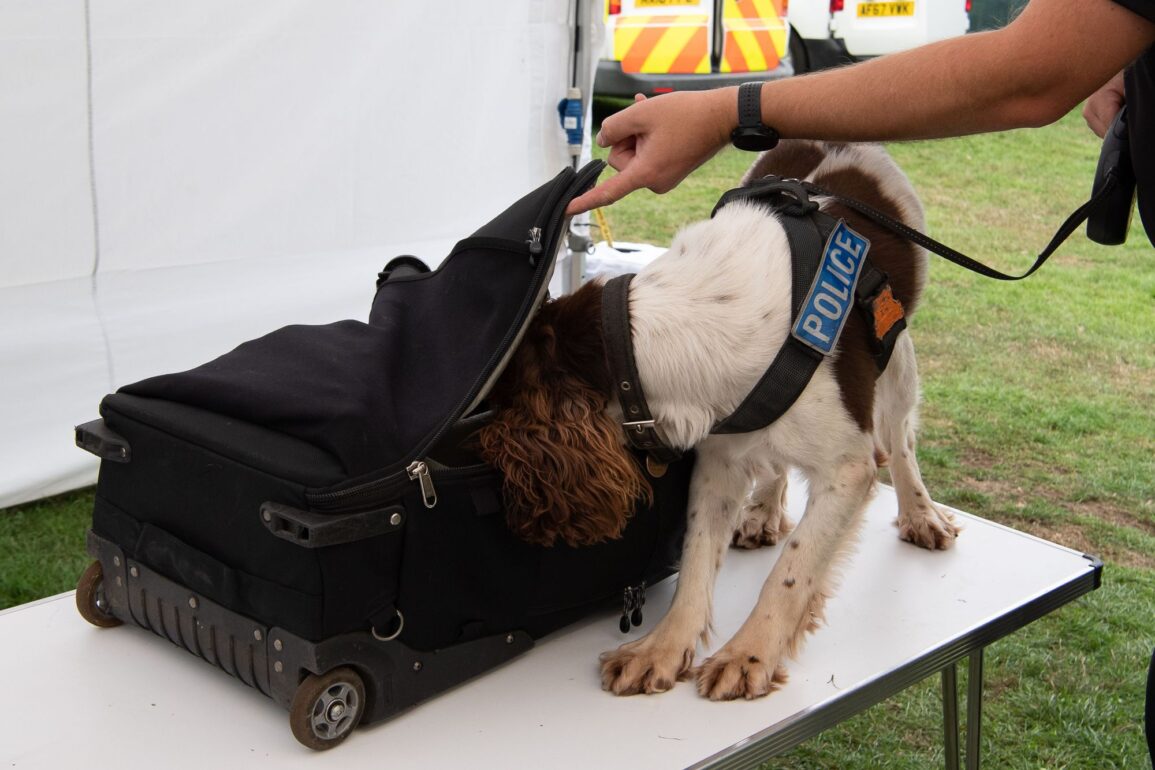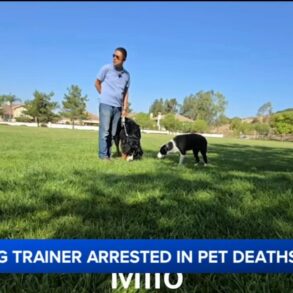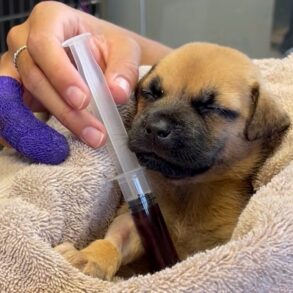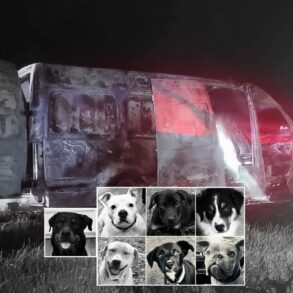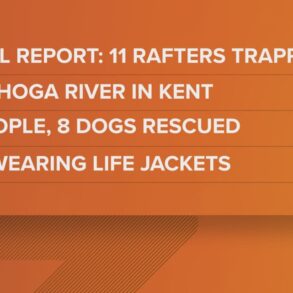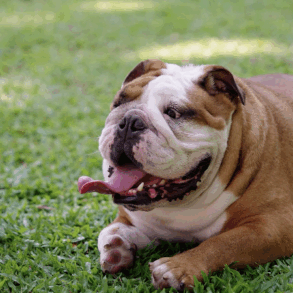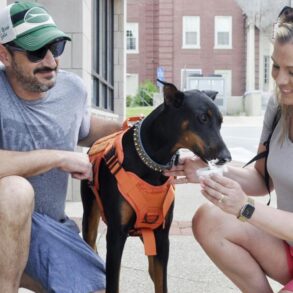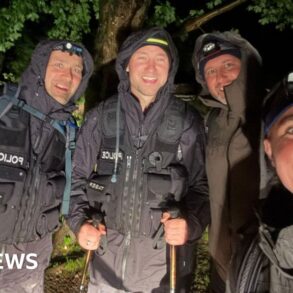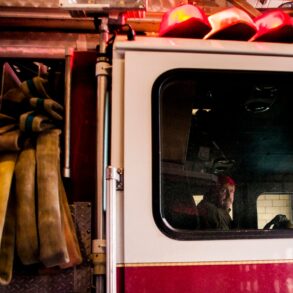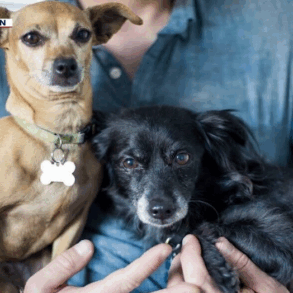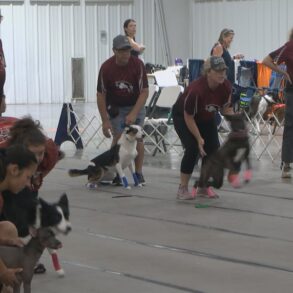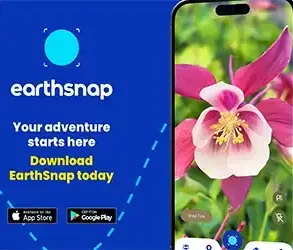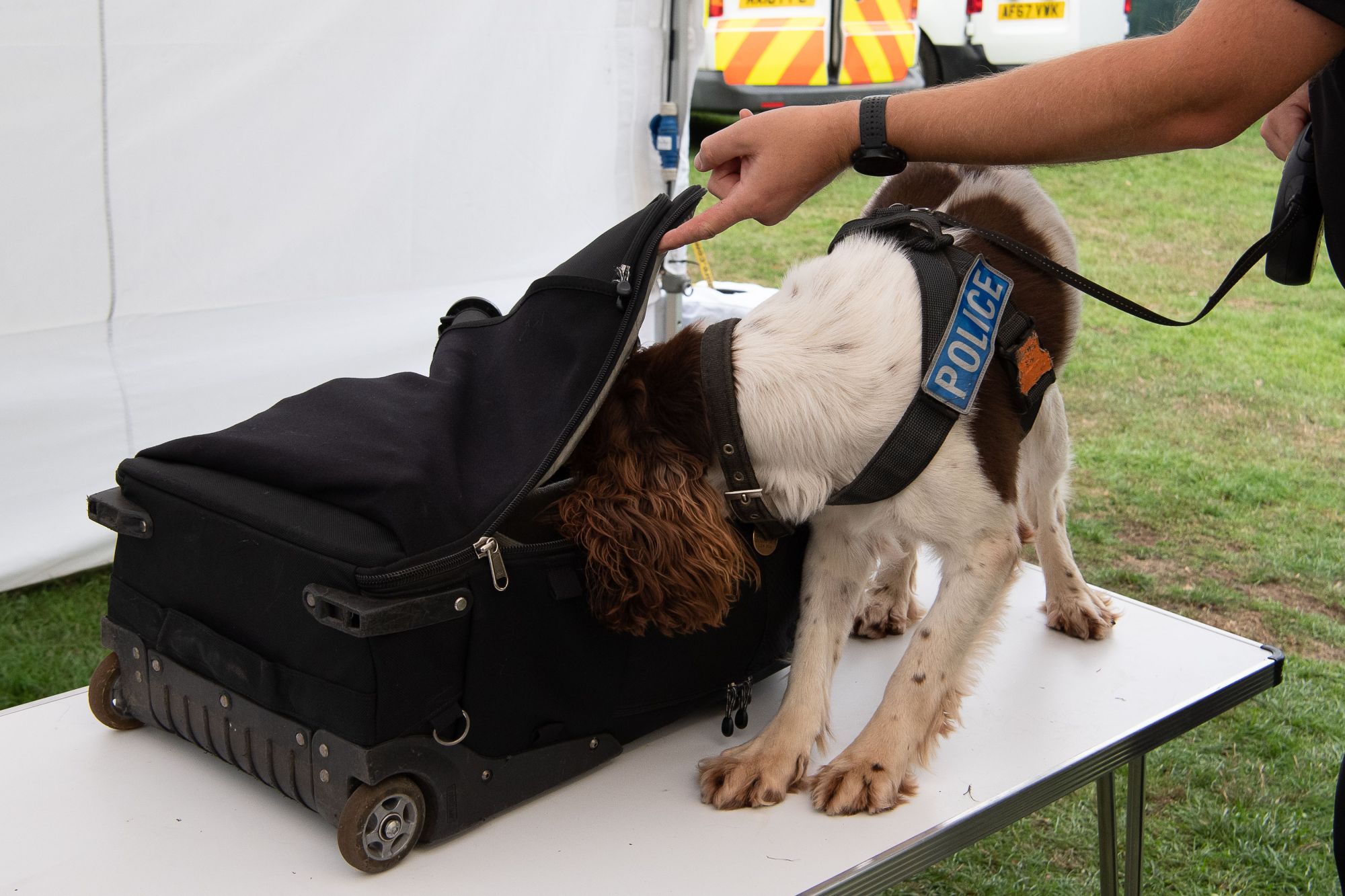
When Johnny approached the gates of this summer’s Field Day, a one-day festival in London, his stomach dropped. Nobody had told the 27-year-old artist that there would be drug-sniffer dogs. In his right-hand pocket, not stashed in any way, was 1.5g of ketamine. An hour later he was being worked on by paramedics, having overdosed on the drug.
Johnny says this would never have happened without the presence of the dogs. For years, panicked reactions such as his have regularly led to overdoses, and sometimes death.
Videos by VICE
“There were two sniffer dogs on the go,” Johnny, not his real name, told me. “I tried to time it right, not walk right past them.” Alas, that didn’t work. “The [private security dog handler] ran out and was all over me.” After being asked whether he had anything on him that he shouldn’t, and told to hand it over if he did, Johnny was led to a separate queue to be more thoroughly searched in a tent.
While waiting, he made a snap decision that he later went on to regret. “I bit off the corner of the baggie and put it in my mouth,” he recalls. “Because I knew they were going to find it. I thought about putting it up my arse, but I couldn’t do it in the queue. So I thought, ‘Fuck this, you are not having my drugs, I’m going to eat it.’”
This is what happened next: “I can’t remember anything about being searched. I just woke up in the paramedics tent. It was the end of the festival. It felt like I’d time-traveled.” I asked him if he’d have necked his drugs in that reckless way had it not been for the dogs. “No,” he says. “It’s their fault really, isn’t it? I’d never have done that. I could have died.”
Some might say that the dogs weren’t wholly to blame, and that taking illegal drugs to a festival apportions at least some responsibility to the raver. So I asked Johnny again who was to blame for his overdose at Field Day: the festival, the dogs, or him? “That’s a complex question,” he replied. “If the ticket said you could risk your life entering, would you still go? It should at least be in the small print, the terms of service… so you know in advance that you’re sending yourself into that kind of situation.”
Emily Lyon, a 17-year-old A-level student in London, was not as lucky as Johnny. Shocked to see sniffer dogs while attending Red Bull Culture Clash in 2017, she panicked and promptly necked her MDMA. She was taken to Queen Elizabeth Hospital where tragically she passed away. An inquest heard that the teenager took the fatal dose “because she was concerned sniffer dogs would detect the narcotics.” According to research, “panic consumption may have been a factor” in the tragic death of 21-year-old student Calum Gill in 2017. He never arrived at BBC Radio 1’s Big Weekend, having taken a high dose of MDMA on his way to the venue.
All of these deaths were avoidable. MDMA is a drug with a relatively low risk profile. It’s hard to overdose on, unless you really fuck up. Sniffer dogs—and excessive intimidation from their handlers—are forcing (often inexperienced) ravers into a split-second decision that could cost them their lives.
The scare tactics themselves are largely theoretical. It’s illegal for a private security guard to perform a strip search, so it’s still relatively easy to conceal a personal amount of drugs throughout the secondary vetting stage. Even if it were legal, what are they going to do? Strip all 200,000 Glastonbury punters naked and line them up across the perimeter fence for a cavity inspection? Haphazard and overzealous, it’s hard to escape the feeling that these security measures are actually making festivals more dangerous than they ever need to be.
Another thing it’s important to know is that members of the public can’t be detained in these situations: these are private security guards, not the police. You can remove consent to the search at any point and simply walk away. It’s true that the search is a condition of entry, so you can’t refuse the search and head on in (a dynamic referred to as ‘coercive consent’). In theory, there’s nothing to stop someone leaving, getting rid of the drugs, and walking through again a few hours later. That might work or it might not (some festivals have a central CCTV control room to thwart these kinds of plans), but it’s certainly better than overdosing.
“We were in the queue for Parklife,” 34-year-old Peter tells me. “And as we got to the front we noticed the dogs. You had to sort of run the gauntlet to get through.” That’s when he noticed a girl, estimated by Peter to be 20 years old, who seemed to be panicking. “She freaked out, put her hand into her pants, and pulled out her drugs. To me it looked like [MDMA] pills. I think she was about to throw them away, but suddenly she just necked them all. We were like, ‘What the fuck!’ About an hour later we saw her being removed by medical staff on a stretcher.”
This phenomenon, of sniffer dogs making festivals more dangerous, has not gone unnoticed by scientific researchers. “Drug detection dogs have been shown to have unintended negative consequences, including both panic consumption of drugs prior to entry—particularly for one-day events—and increased demand to buy drugs inside the festival,” said research published last year in the journal of Drug Science, Policy and Law. They added: “Panic consumption can increase the risk of overdose […] the unintended consequence of security operations and associated deterrence at these events may be to increase the risk of drug-related incidents such as overdose and poisoning.”
The second point the researchers make about sniffer dogs increasing the risk of poisoning is interesting, and points to users surrendering drugs before going on to buy unknown chemicals from dealers they’ve never met inside. I spoke to a 34-year-old computer programmer who was busted at the gates of Boomtown this year with a personal amount of cocaine and mushrooms. He’d purchased the gear from a dealer in London who has been supplying him for the best part of a decade. He’s even had drugs from this source tested in the past, with no dubious results, hence the long dealer-customer relationship.
“They said the dog had indicated I had drugs and I was taken away,” he recalls. “It was stashed in my tent.” He voluntarily surrendered his party prescriptions and was allowed in, after the festival had collected data about him and the bust. “I bought more coke from a dodgy guy inside the event,” he says, “and I don’t know what was in it but it made me ill. I was having heart palpitations.” He ended up in the medical tent. Research estimates that 25 percent of drugs sourced onsite at music festivals are estimated to be missold, as in the customer is not being given the substance they thought they were getting. When you consider that, is taking people’s drugs away from them on a gate really a good idea?
Especially when you consider that sometimes, the security are the dealers themselves. In 2019, BBC reporter Livvy Haydock covertly filmed a festival security guard providing a service by bringing in stashes for dealers, in exchange for a hefty fee. He was working at multiple festivals across the summer, but earning more money as a festival drug trafficker. “If security are caught doing something that they shouldn’t be doing, they get evicted by their own company who brought them in,” a bouncer who’s worked across three major UK festivals told me. “The security compound [where their tents are pitched] can be searched by dogs, but nine times out of ten word spreads about the search before it happens.”
When you look at the evidence, it seems obvious that we can make festivals safer by doing two things. One, the security on the gate should have a more ‘hands-off’ approach when it comes to catching people with personal amounts of drugs. The focus instead should be on measures that will reduce potential harms (like weapons pat-downs or confiscating glass) not increase them. Two, the government should allow front-of-house drug testing (where drugs can be tested and harm reduction information given out). It’s something that was allowed in the past, but has been effectively banned by the Home Office in recent years.
Nobody––the sesh heads, their families, the festival organizers, the councils that license the events, or the government––wants to see young people die unnecessarily. Everyone has the same aim, so it’s difficult to see why these two obvious safety measures are not brought in.
I presented the findings of this article to the Department for Culture, Media and Sport and asked them for a comment. They directed me to the Home Office, who in turn said I should speak to the National Police Chiefs’ Council. They said: “The protocols of how festival security is handled is generally the responsibility of the festival organizers and not police forces” and it’s “the security firms and festival organizers” who are responsible for managing the harms at festivals with private sniffer dogs.
We put the findings contained in this article to Field Day, Parklife and Boomtown. At the time of publication, they are yet to respond to the story.
This post was originally published on this site be sure to check out more of their content.




